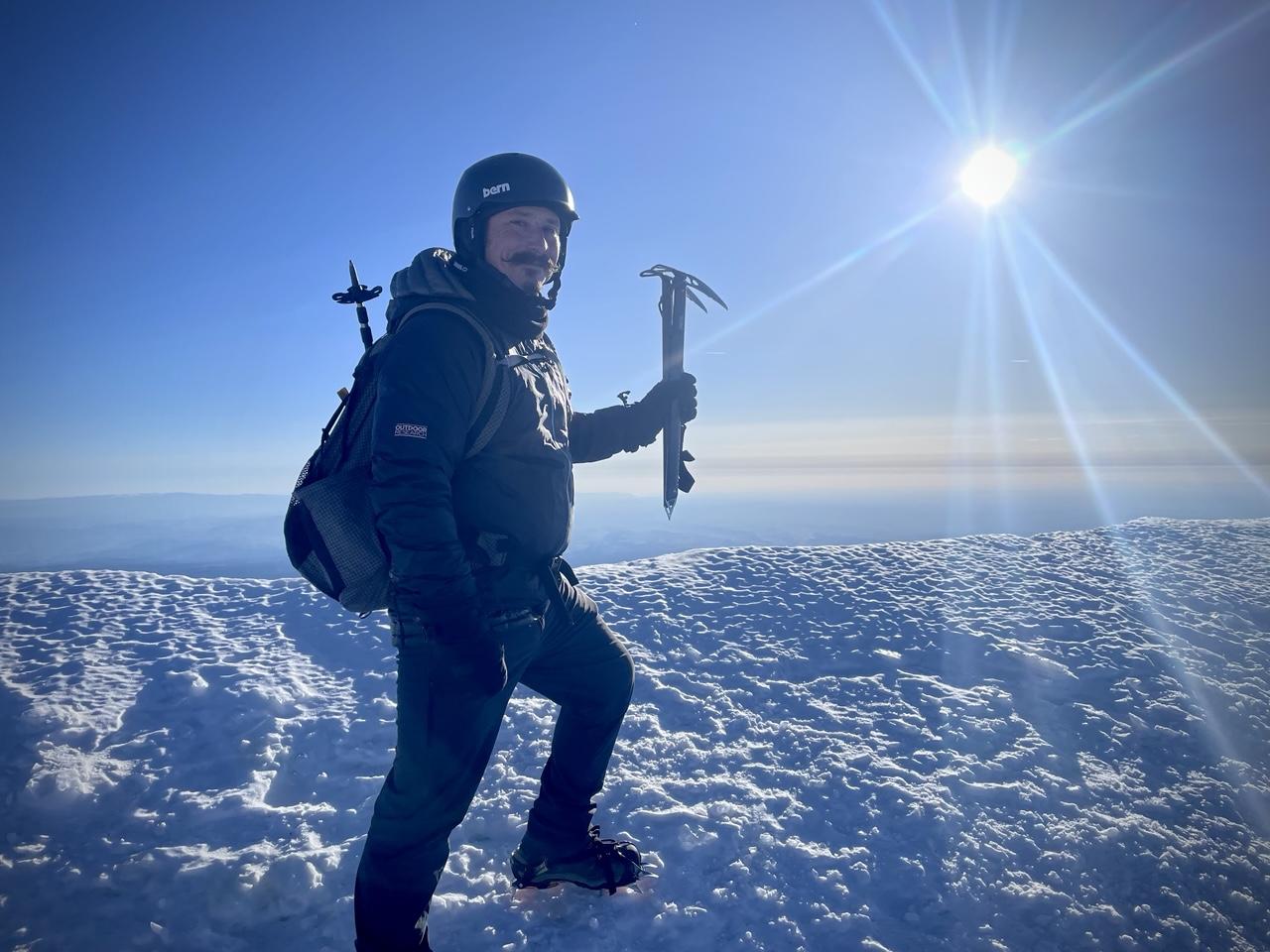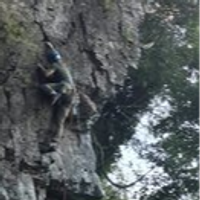Oblig summit shot.
Pics and trips
1
Posts
1
Posters
155
Views
-
Oblig summit shot. I would not have made it up (and back down) without both ice axes. All routes were a sheet of ice.

-
 J julian shared this topic on
J julian shared this topic on
Oblig summit shot. I would not have made it up (and back down) without both ice axes. All routes were a sheet of ice.
